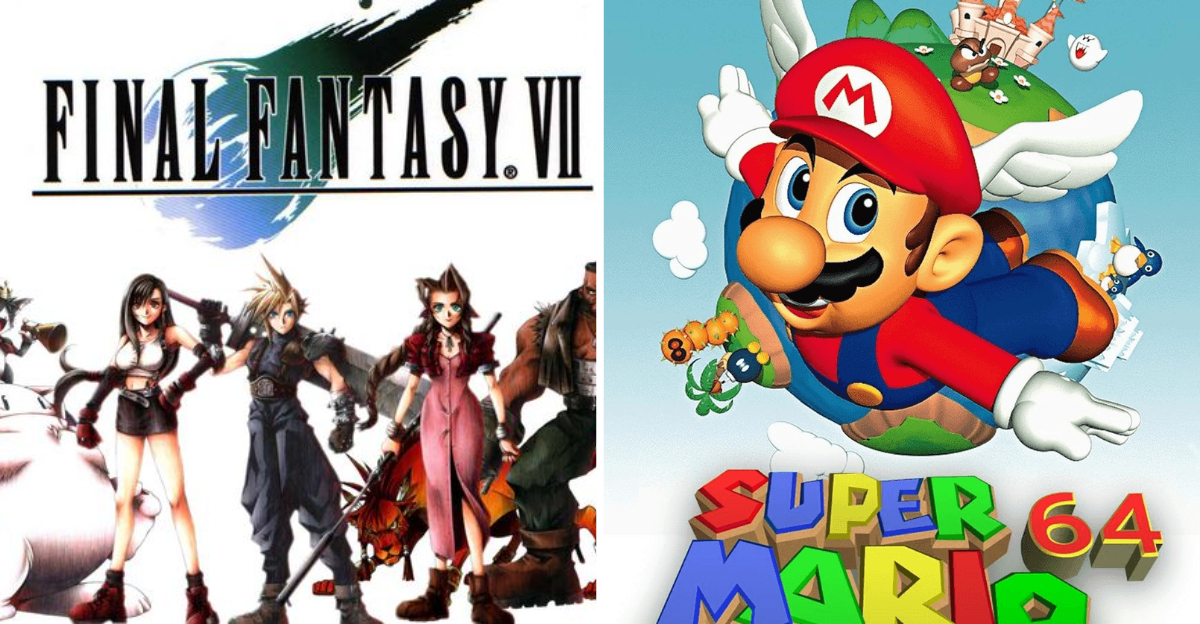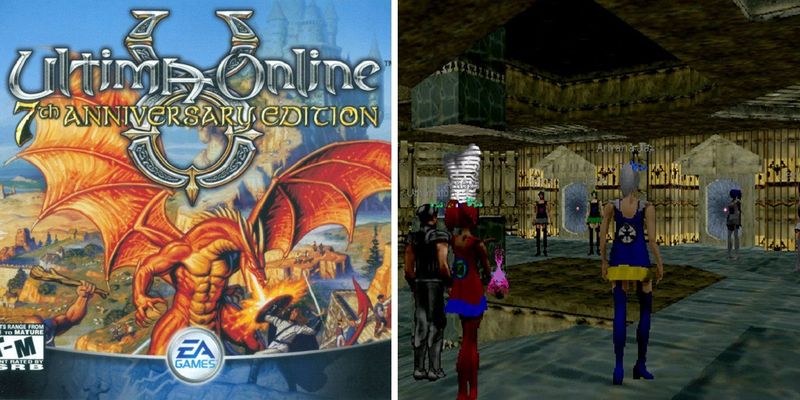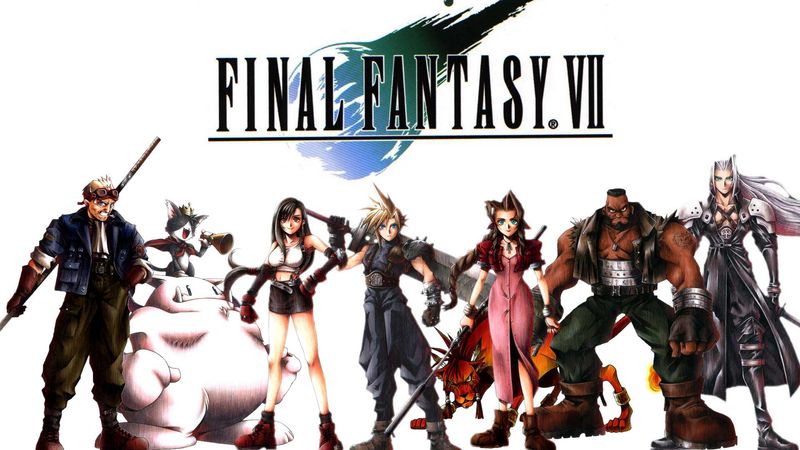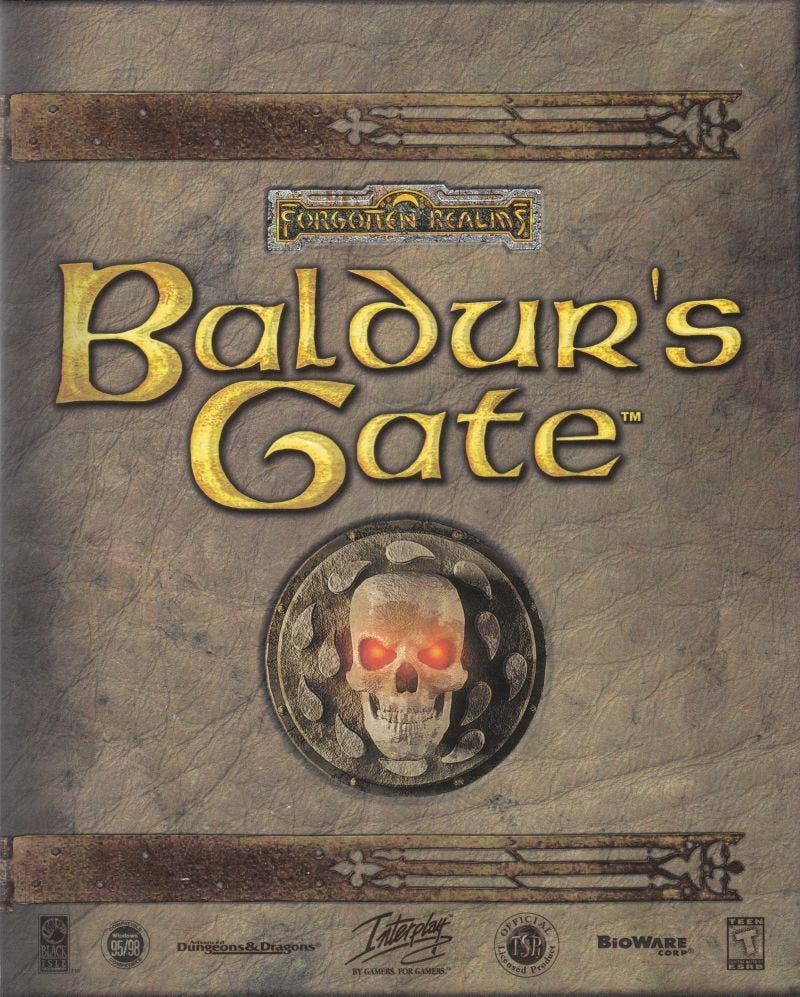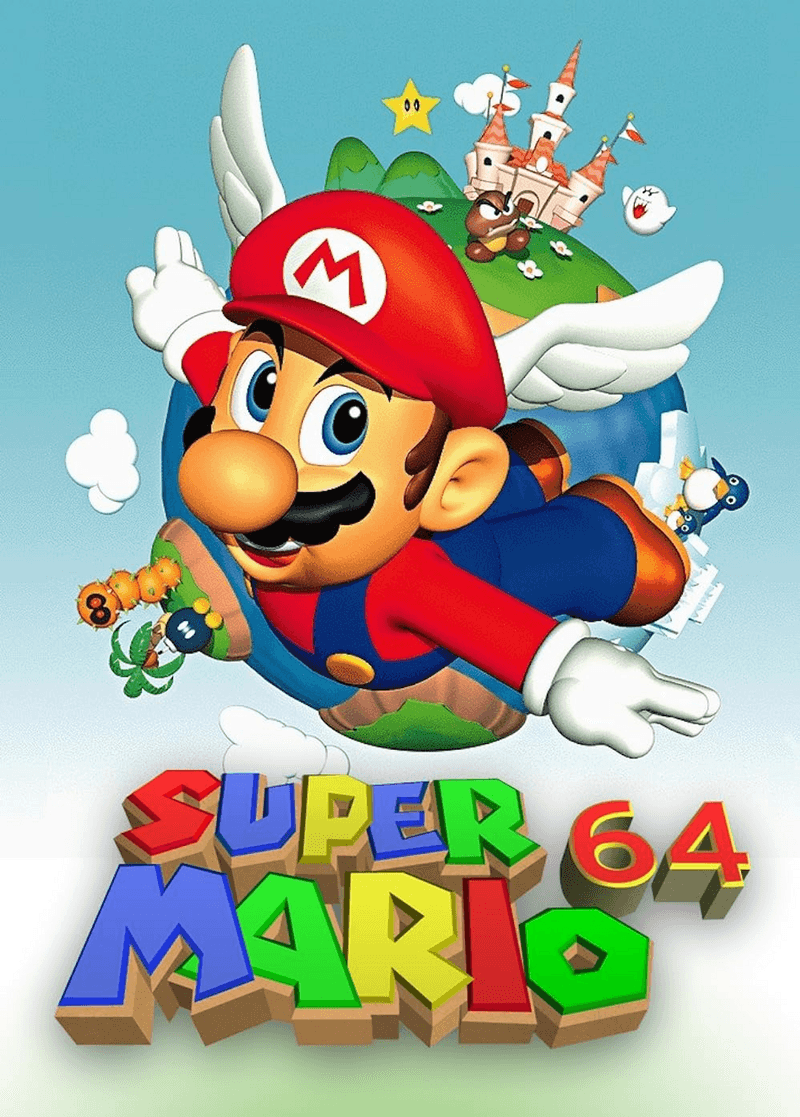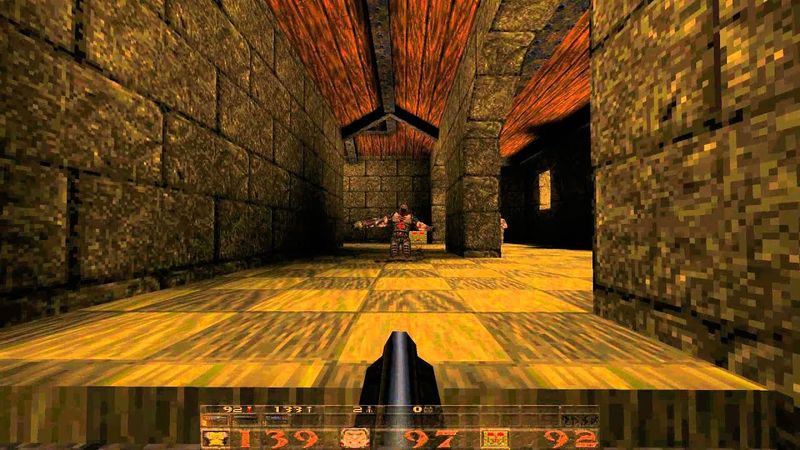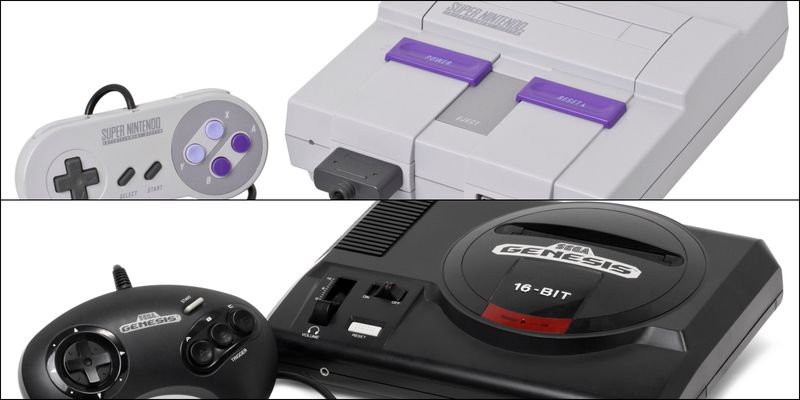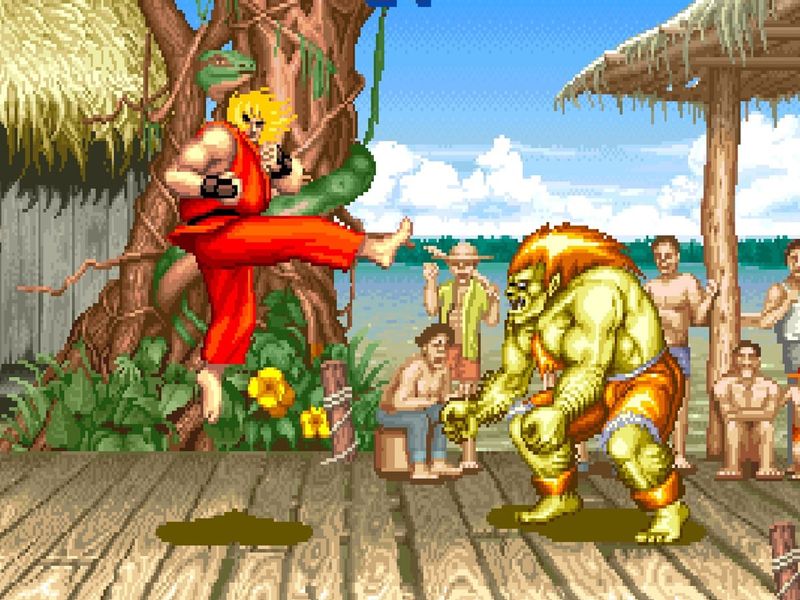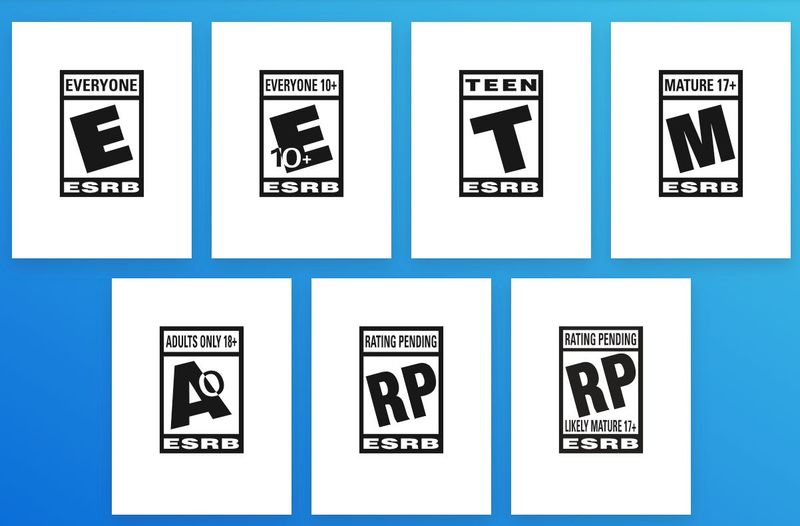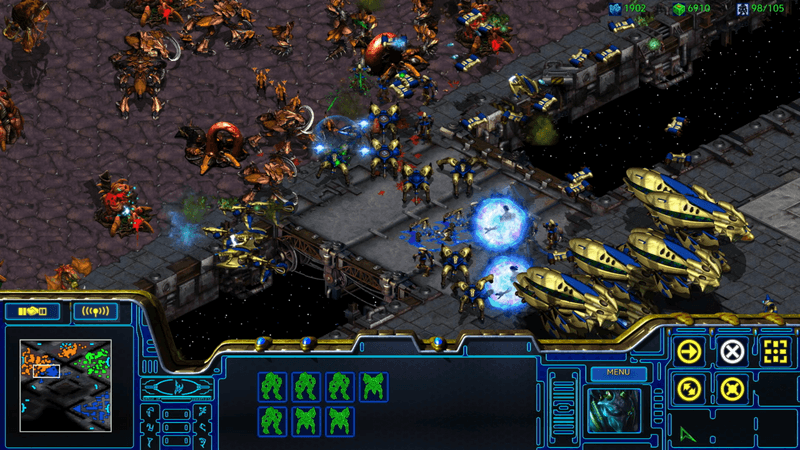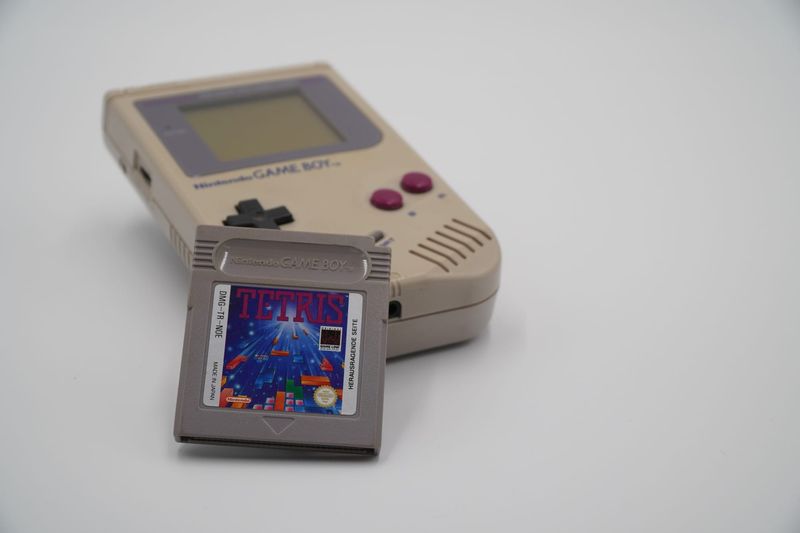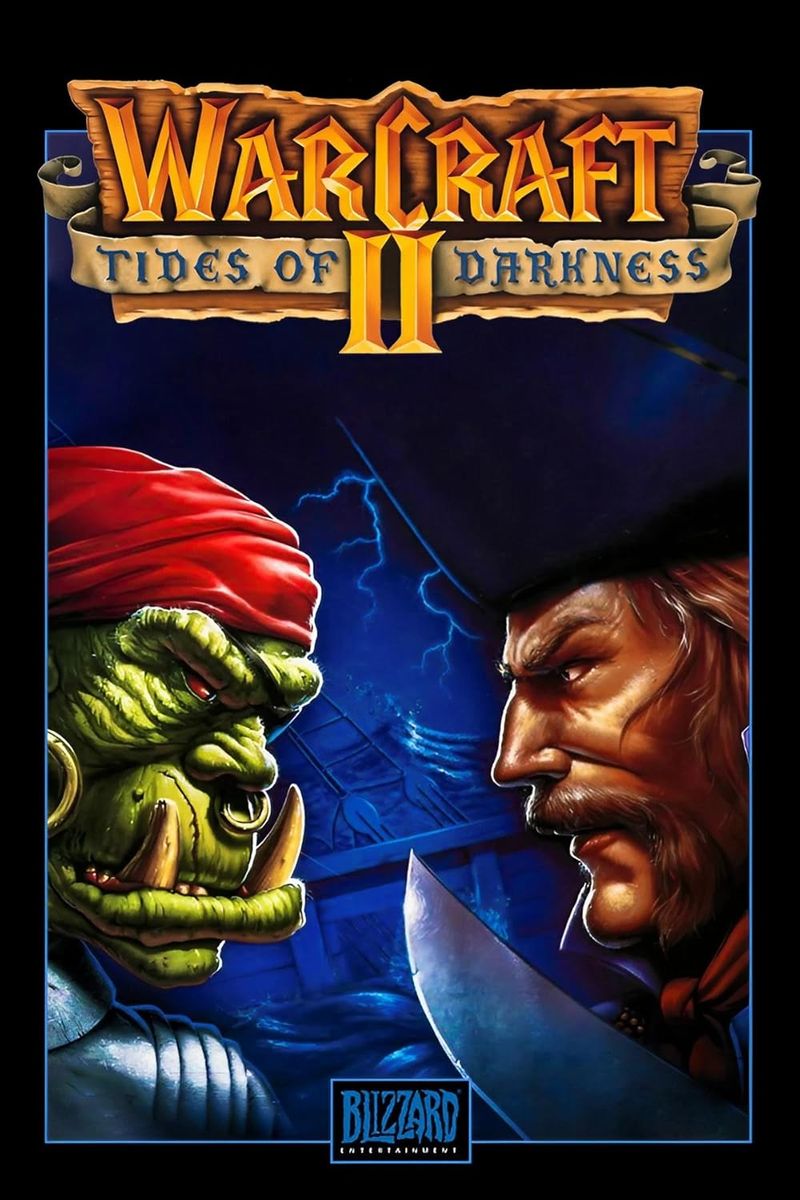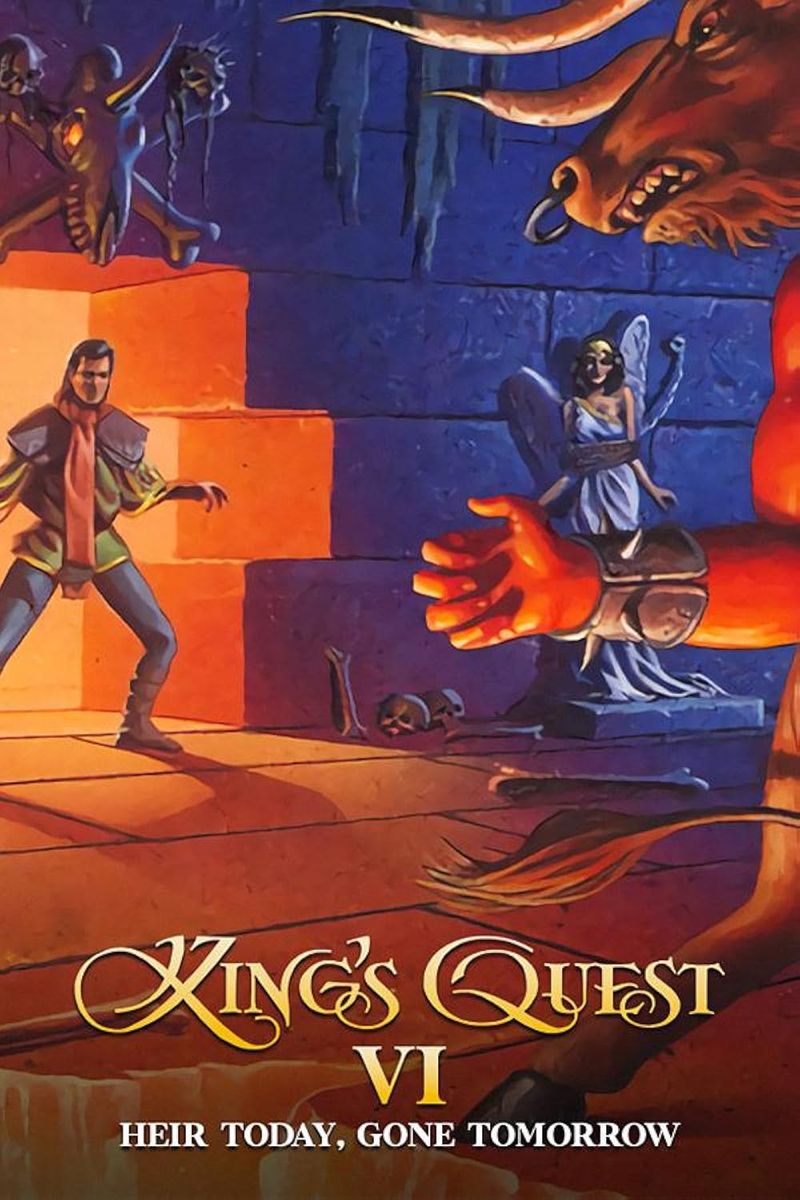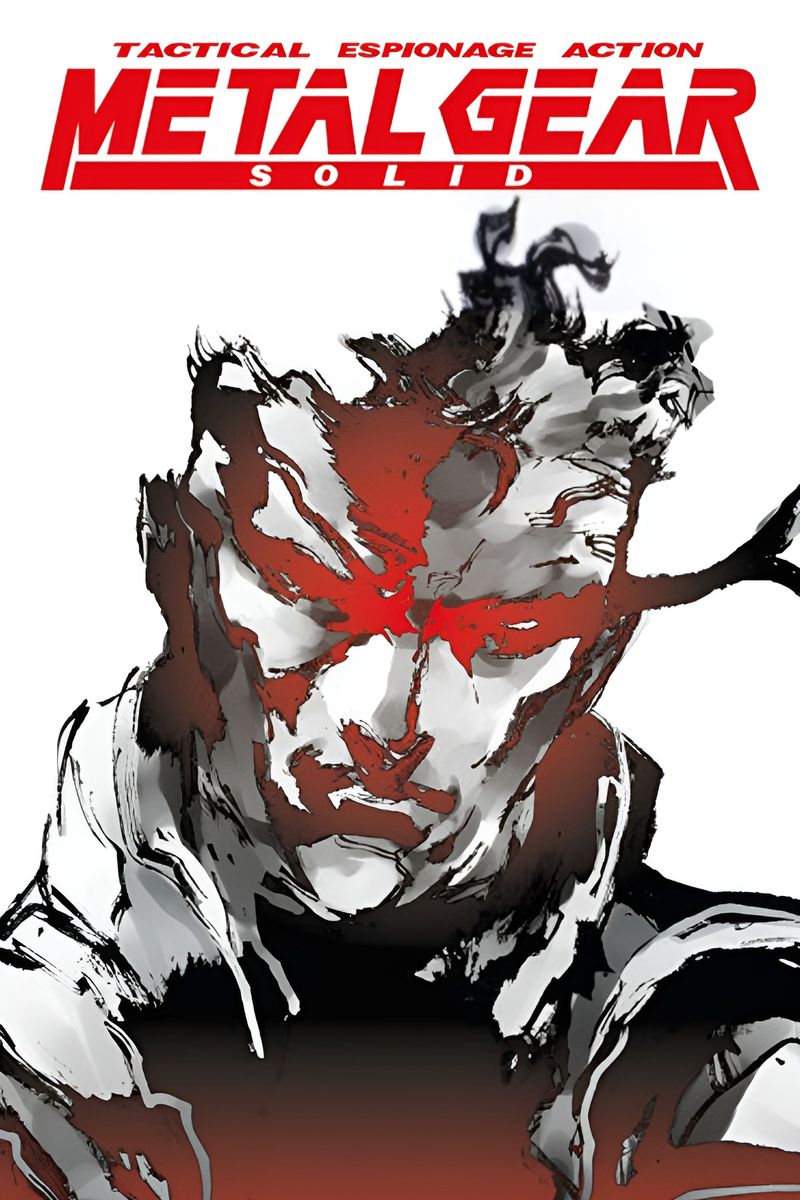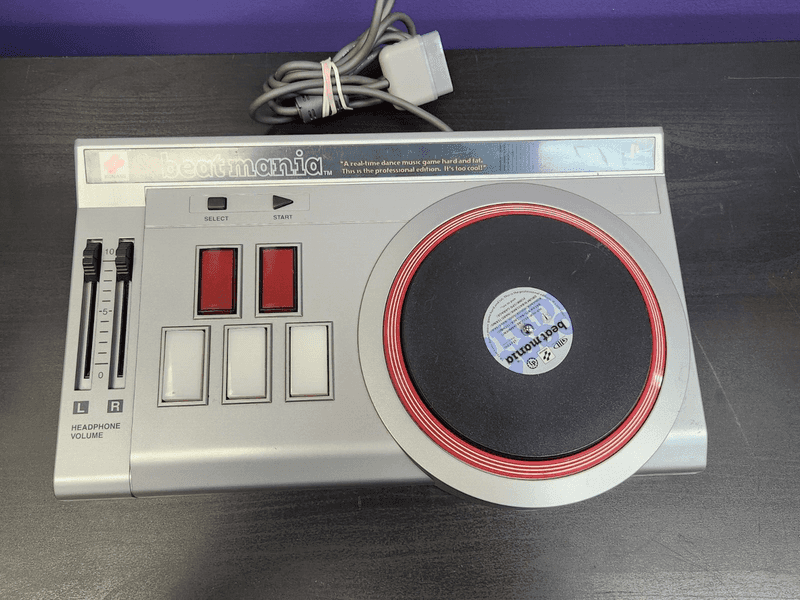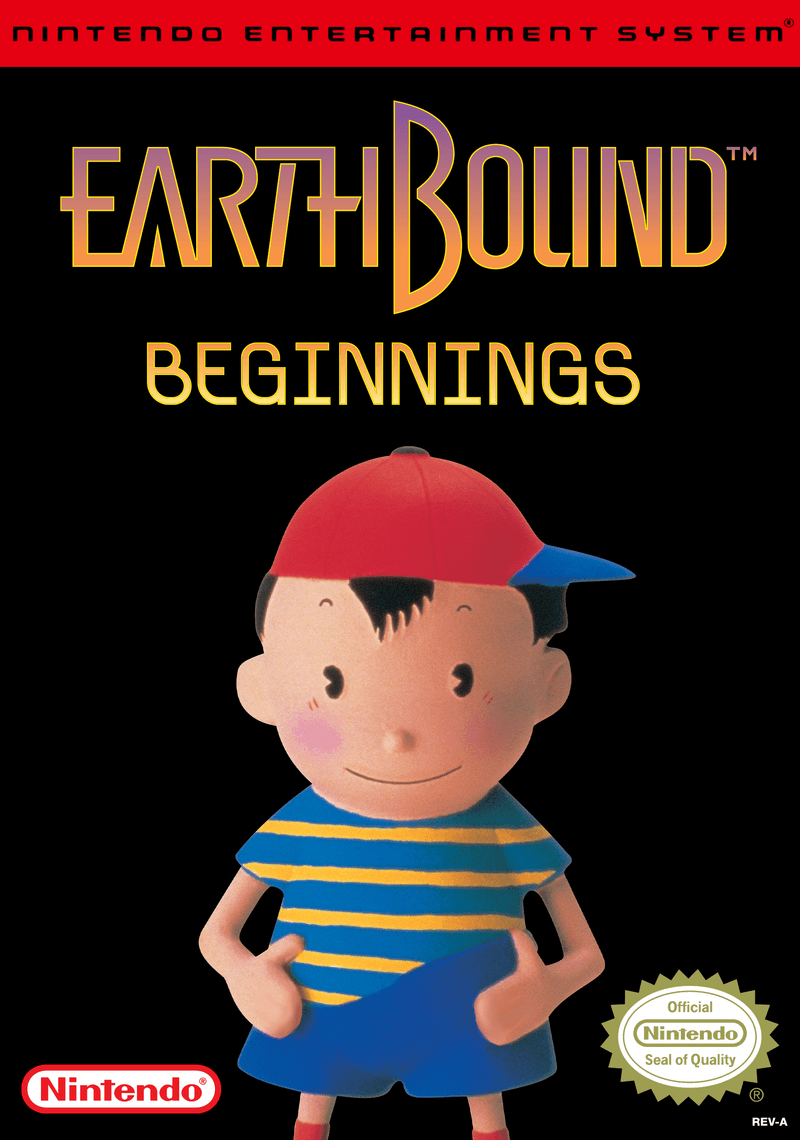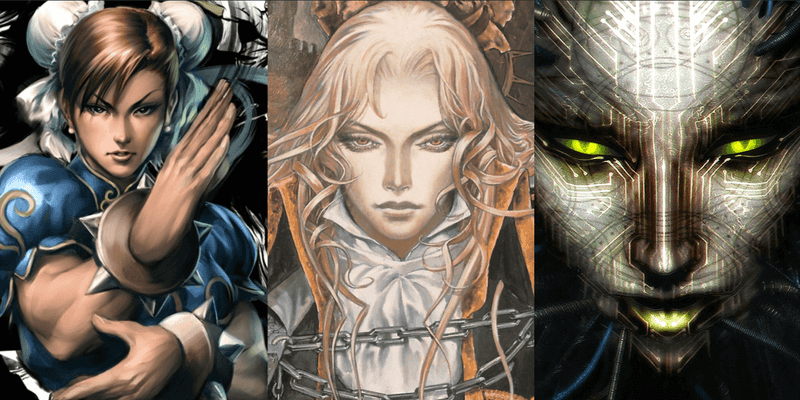The 1990s was a monumental decade in gaming, marked by innovations that set the foundation for today’s video game industry. From the birth of online multiplayer experiences to the evolution of single-player masterpieces, this era redefined how games were created and consumed.
With the rise of console wars, influential genres, and groundbreaking titles, the 1990s left an indelible mark on gaming culture.
This article explores 18 defining trends that shaped the decade, offering insights into how these developments continue to resonate in the gaming world.
1. From MUDs To MMOs: The Dawn Of Online Worlds
The 1990s heralded the era of online multiplayer gaming with the transition from text-based MUDs to graphical MMOs. Titles like Meridian 59 and Ultima Online introduced players to vast digital worlds, offering a new level of interaction. These games were pioneering in blending social experiences with gameplay, creating communities that thrived within the virtual realm.
While some argue that MUDs laid the groundwork, the graphical MMOs brought these concepts to the masses, redefining multiplayer gaming.
Debate continues on whether these early MMOs deserve the spotlight or if the true credit belongs to MUDs.
2. JRPG Boom: Epic Single-Player Adventures
The 1990s saw the JRPG genre explode in popularity, captivating players with its storytelling and character development. Final Fantasy VII and Chrono Trigger were standout titles that showcased cinematic narratives and innovative gameplay mechanics. These games offered players emotionally charged experiences, setting a new standard for storytelling in gaming.
The impact of these JRPGs was global, influencing both game developers and the wider cultural perception of video games.
The debate over which JRPG had the most lasting impact continues, with fans passionately defending their favorites.
3. Western RPG Renaissance: Depth And Complexity
The Western RPG genre underwent a renaissance in the 1990s, prioritizing player choice and complex narratives. Games like Baldur’s Gate and Fallout introduced strategic combat and open-ended storytelling. These titles offered a depth that appealed to players seeking more than linear narratives.
Unlike their JRPG counterparts, Western RPGs often presented moral dilemmas and expansive worlds to explore.
This period marked a significant evolution in RPG design, influencing countless games that followed and setting a benchmark for player agency in storytelling.
4. The 3D Platformer Revolution
The leap from 2D to 3D platformers in the 1990s transformed the gaming landscape. Super Mario 64 and Crash Bandicoot were iconic titles that showcased this transition, offering players new ways to navigate virtual worlds.
These games emphasized exploration and creativity, pushing the technical boundaries of what was possible.
With fully rendered environments, players experienced a level of immersion that was previously unattainable.
While some argue that the move to 3D sacrificed the tight design of 2D games, the innovation and variety it introduced were undeniable.
5. First-Person Shooters Take Aim
The first-person shooter genre came into its own during the 1990s, with titles like DOOM, Quake, and GoldenEye 007 leading the charge. These games were known for their fast-paced action and often featured multiplayer modes that became staples of social gaming. LAN parties and online communities flourished as players connected through these immersive experiences.
Modding communities also emerged, allowing players to create new content and extend the life of their favorite games.
This era laid the groundwork for modern FPS games, establishing many conventions still in use today.
6. Console Wars: Nintendo Vs. Sega Vs. Sony
The console wars of the 1990s were marked by fierce competition between Nintendo, Sega, and the newcomer Sony PlayStation. Each brand brought unique attributes to the table, forcing gamers to choose sides.
Nintendo was known for its family-friendly games, Sega for its edgier titles, and Sony for pushing technological boundaries.
This rivalry drove innovation and expanded the gaming market significantly.
The debate over which console provided the best experience continues, with each having played a pivotal role in shaping modern gaming history.
7. Arcade Fighting Games Dominance
Arcades thrived in the 1990s with the popularity of fighting games like Street Fighter II, Mortal Kombat, and Tekken. These one-on-one brawlers drew huge crowds, laying the groundwork for today’s eSports and competitive gaming scenes.
The games were known for their intricate mechanics, diverse characters, and competitive gameplay.
Street Fighter’s balance and Mortal Kombat’s controversy over its violence brought significant attention to the genre.
These games not only influenced home gaming but also created a community culture that persists in competitive gaming today.
8. Survival Horror Emerges
The survival horror genre gained prominence in the 1990s with titles like Resident Evil and Silent Hill, captivating players with suspenseful gameplay. These games combined puzzle-solving with atmospheric tension, creating an immersive experience that was both terrifying and engaging.
The genre’s focus on limited resources and strategic gameplay added depth, challenging players to think critically.
Whether through Resident Evil’s action-packed moments or Silent Hill’s psychological horror, these titles set the bar for horror games, influencing countless successors in the genre.
9. ESRB & Game Ratings: A New Age Of Regulation
In response to controversies surrounding games like Mortal Kombat, the 1990s saw the creation of the ESRB, formalizing content warnings for video games. This was a pivotal moment in gaming history, establishing a standardized system to inform consumers about game content.
The rating system aimed to protect younger gamers while also sparking debates about censorship and creative freedom.
While some argue that it fueled curiosity, the ESRB’s establishment marked a significant step towards responsible gaming practices and informed consumer choices.
10. PC Gaming’s Golden Age
The 1990s were a golden era for PC gaming, characterized by innovative titles and vibrant modding communities. Games like Diablo, StarCraft, and Half-Life pushed the boundaries of what was possible on PCs, offering players deep, engaging experiences.
Shareware distribution played a crucial role, allowing developers to reach wider audiences and innovate freely.
This period cemented the PC as a platform for creativity, providing fertile ground for genres like real-time strategy and first-person shooters to thrive.
11. The Game Boy Phenomenon: Handheld Rises
In the 1990s, the Game Boy revolutionized portable gaming, proving that on-the-go entertainment was viable and thrilling. With its iconic design and titles like Tetris and Pokémon Red/Blue, it captured the hearts of millions worldwide.
This compact console offered accessibility and portability, ideals that resonated with a broad audience.
While Pokémon played a critical role in its success, the Game Boy’s impact on handheld gaming continues to be felt today, inspiring future innovations in mobile gaming technology.
12. Real-Time Strategy (RTS) Boom
The RTS genre flourished in the 1990s with iconic titles like Command & Conquer and Warcraft II, introducing players to strategic depth and multiplayer skirmishes. These games emphasized resource management and tactical planning, paving the way for competitive play.
They not only set standards for gameplay mechanics but also influenced the development of modern genres like MOBAs.
The RTS boom of the 1990s showcased the potential for real-time strategy to captivate audiences and foster community-driven experiences.
13. Graphical Adventures & Puzzle Masterpieces
Graphical adventure games like Myst and King’s Quest VI captivated players in the 1990s with their intricate puzzles and storytelling. These titles offered a more cerebral gaming experience, merging lush visuals with engaging narratives.
They challenged players to think critically and explore richly detailed worlds, appealing to those seeking more than action-packed gameplay.
While some viewed these games as niche, their influence is evident in today’s narrative-driven games, proving that storytelling and puzzle-solving remain central to gaming.
14. Stealth Games Sneak Onto The Scene
The stealth game genre emerged in the 1990s with titles like Metal Gear Solid and Thief: The Dark Project, offering a new style of gameplay focused on cunning and patience. Unlike traditional action games, these titles rewarded strategic thinking and careful planning.
This approach provided an immersive experience, inviting players to engage in the art of stealth rather than direct combat.
Stealth games introduced a unique challenge, influencing later titles and shaping a distinct niche within the gaming industry.
15. Licensed Tie-Ins & Cross-Media Hype
The 1990s saw a boom in licensed video games, capitalizing on the popularity of movies and comics. Titles like Aladdin and GoldenEye 007 demonstrated that licensed games could be both hits and misses.
While some games exceeded the original media in quality, others struggled to live up to expectations, highlighting the sometimes-conflicting priorities of marketing and game design.
This era emphasized the potential of cross-media storytelling, laying groundwork for future collaborations between gaming and other entertainment industries.
16. Rhythm & Music Games Get Their Start
Rhythm and music games began to gain traction in the late 1990s with titles like PaRappa the Rapper and Beatmania. These games introduced timing-based gameplay, offering a fresh and interactive experience.
They set the stage for the rhythm game craze of the early 2000s, influencing titles like Dance Dance Revolution and Guitar Hero.
While initially niche, rhythm games eventually carved out a significant place in gaming culture, demonstrating the power of music-driven gameplay.
17. Cult Classics & Hidden Gems
The 1990s produced several cult classics and hidden gems, games that may not have achieved commercial success but garnered passionate followings. Titles like EarthBound and Planescape: Torment offered unique experiences that resonated deeply with players.
These games often pushed creative boundaries, focusing on storytelling and innovation over mainstream appeal.
Their lasting impact is evident in the continued interest and calls for remakes or revivals, proving that inventive storytelling remains a cherished element of gaming.
18. Legacy & Influence: The 1990s Blueprint
The 1990s laid the foundation for many core concepts in today’s gaming, from online communities to cinematic storytelling. This decade saw the emergence of trends that continue to influence game design and player expectations.
The legacy of the 1990s is evident in the continued popularity of genres and mechanics that originated during this time.
Understanding this era provides insight into why certain gaming elements endure, inviting reflection on what might be worth revisiting in the future.
